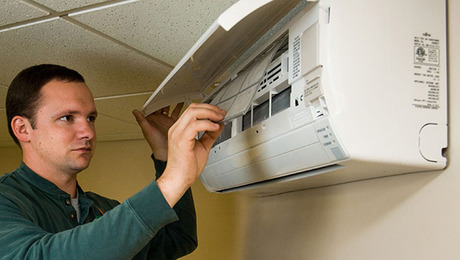Q:
I heard that photovoltaic (PV) panels require more energy to make than they’ll ever produce in their lifetime. Is there any truth to this?
Ed Velasquez, Rio Rancho, NM
A:
Senior editor Daniel S. Morrison replies: This rumor might have started as a bit of trivia in the 1970s when NASA needed solar panels for power in space, then was taken out of context by someone who didn’t realize the nuances of solar panels designed for space versus those for use on earth.
PV panels built with 1970s technology for use in outer space probably didn’t produce as much energy as it took to build them before they were smashed by space junk or meteoroids.
Here on earth, the story is different. A study by Knapp and Jester presented to the ASME Solar 2000 conference reported that payback is two to three years and that lifetime output is 9 to 17 times energy input. But this was hardly earthshattering news: Research in the International Journal of Sustainable Energy (1991) concluded that average energy payback time was one to two years and that these times will decrease in the future. For more on the latest in photovoltaics, read “The New Age of Photovoltaics” from Fine Homebuilding issue #192, pp. 56-63.























